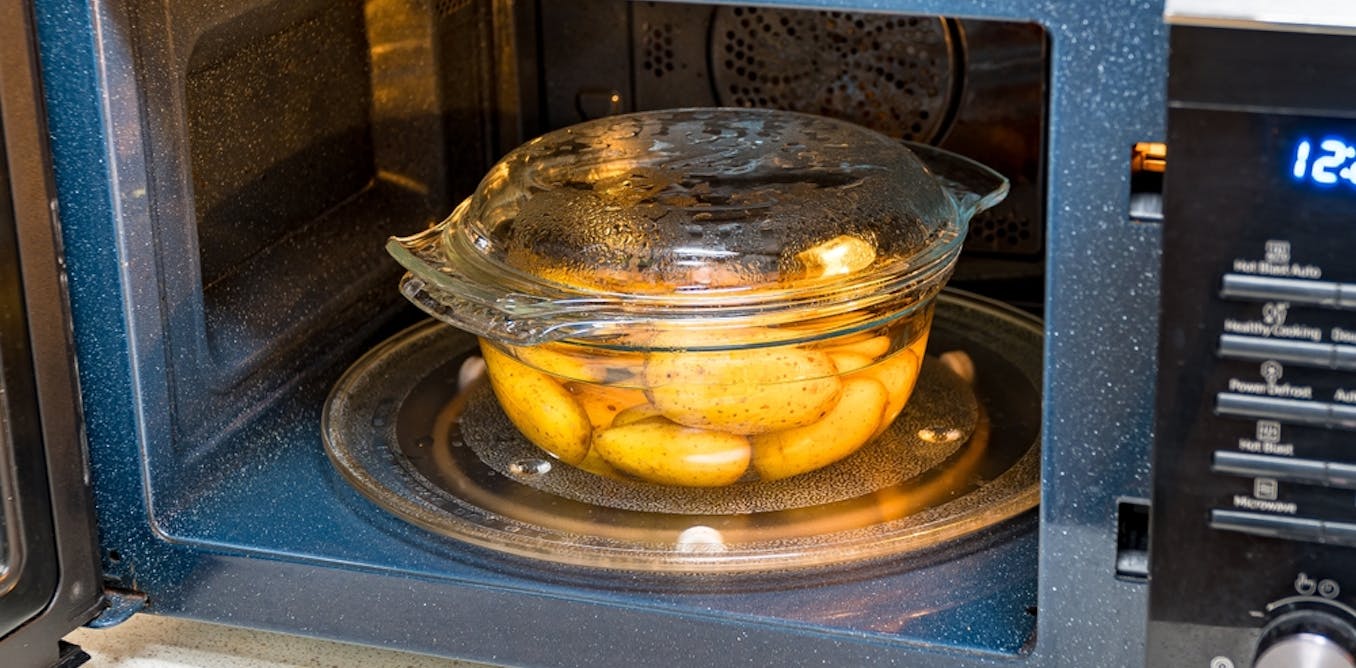Earlier this month, China announced that it is pouring 6 billion yuan (about US $827 million) into a fund meant to spur the development of solid-state batteries by the nation’s leading battery manufacturers. Solid-state batteries use electrolytes of either glass, ceramic, or solid polymer material instead of the liquid lithium salts that are in the vast majority of today’s electric vehicle (EV) batteries. They’re greatly anticipated because they will have three or four times as much energy density as batteries with liquid electrolytes, offer more charge-discharge cycles over their lifetimes, and be far less susceptible to the thermal runaway reaction that occasionally causes lithium batteries to catch fire.
But China’s investment in the future of batteries won’t likely speed up the timetable for mass production and use in production vehicles. As IEEE Spectrumpointed out in January, it’s not realistic to look for solid-state batteries in production vehicles anytime soon. Experts Spectrum consulted at the time “noted a pointed skepticism toward the technical merits of these announcements. None could isolate anything on the horizon indicating that solid-state technology can escape the engineering and ‘production hell’ that lies ahead.”
“To state at this point that any one battery and any one country’s investments in battery R&D will dominate in the future is simply incorrect.” –Steve W. Martin, Iowa State University
Reaching scale production of solid-state batteries for EVs will first require validating existing solid-state battery technologies—now being used for other, less demanding applications—in terms of performance, lifespan, and relative cost for vehicle propulsion. Researchers must still determine how those batteries take and hold a charge and deliver power as they age. They’ll also need to provide proof that a glass or ceramic battery can stand up to the jarring that comes with driving on bumpy roads and certify that they can withstand the occasional fender bender.
Here Come Semi-Solid-State Batteries
Meanwhile, as the world waits for solid electrolytes to shove liquids aside, Chinese electric vehicle manufacturer Nio and battery maker WeLion New Energy Technology Co. have partnered to stake a claim on the market for a third option that splits the difference: semi-solid-state batteries, with gel electrolytes.
Car News China reported in April that the WeLion cells have an energy density of 360 watt-hours per kilogram. Fully packaged, the battery’s density rating is 260 Wh/kg. That’s still a significant improvement over lithium iron phosphate batteries, whose density tops out at 160 Wh/kg. In tests conducted last month with Nio’s EVs in Shanghai, Chengdu, and several other cities, the WeLion battery packs delivered more than 1,000 kilometers of driving range on a single charge. Nio says it plans to roll out the new battery type across its vehicle lineup beginning this month.
But the Beijing…
Read full article: Semi-Solid-State Batteries: Coming Soon to Electric Vehicles

The post “Semi-Solid-State Batteries: Coming Soon to Electric Vehicles” by Willie D. Jones was published on 06/19/2024 by spectrum.ieee.org




































